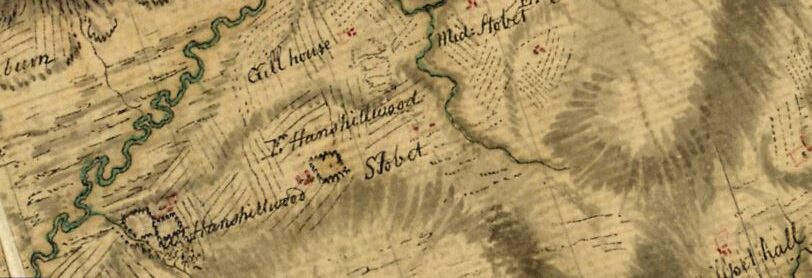Let’s assume that everything went according to plan. The weather was fine, the crew tractable, and the sites resting undisturbed in a nice sandy loam. The analysis was straightforward, and the report seemed to write itself: context, fieldwork, results, analysis and conclusion. Now, at the end of the assessment process, comes the critical moment where you write the recommendations.
The recommendations in an archaeological assessment report prepared under the Standards and Guidelines for Consultant Archaeologists (S&Gs) in Ontario must satisfy two key audiences: the client and the Ministry of Tourism, Culture and Sport (MTCS) reviewer.
The client generally wants to know what, if any, further work is required and how this will impact their resources and schedule. The ministry can be an even more demanding audience, and this is where well crafted recommendations are important.
The MTCS Administrative Bulletin (2011) reminds archaeologists that “recommendations made in the report are directly quoted in the [review] letter”, which means that reports must “provide complete, appropriate and detailed recommendations that meet ministry requirements”. Formerly, recommendations might have been edited by reviewers to improve them, but the Bulletin clearly states that this is no longer ministry practice. Revisions will be required if the recommendations are not satisfactory.
So what does a good recommendation look like?
Above all, a good recommendation should not infuriate the reviewer or client by being too vague on future requirements, or overly tendentious by restating the entire Executive Summary. Instead, good recommendations are brief, but substantial: indicate whether archaeological resources are present and clearly state your recommendation. Reference the direction in the S&Gs. You may also highlight any scheduling issues that should be considered, or place these in a separate recommendation, if necessary. It is useful to group recommendations together whenever possible, such as when Stage 3 is recommended for several small sites under the same direction in Section 2.2 and Table 3.1 of the S&Gs. But remember to provide separate recommendations for properties or sites where different S&G direction applies.
My personal view is that a recommendation should begin with a clear statement of the outcome of the assessment followed by answers to some of these questions: Is more work required, or should assessment conclude at this Stage? If there is a site, what kind of site? Is the cultural heritage value or interest apparent? Is further work necessary, and if so, what is the direction from the S&Gs?
Each consultant will have their own style for writing recommendations, but I suggest that a complete recommendation would look something like this:
Stage 1 background research evaluated the property as holding archaeological potential. However, the property inspection confirmed that the property has been extensively and intensively disturbed by past use as a rock quarry (Section 1.3.2). On this basis, it is recommended that no further archaeological assessment is required.
Or, perhaps:
Stage 2 test pitting identified three (3) archaeological sites (X, Y and Z) on the subject property. Preliminary evaluation of the sites shows them to be small pre-contact sites producing more than 10 non-diagnostic artifacts from test pits (Section 2.2). It is not evident from the data collected that the level of CHVI will result in a recommendation to proceed to Stage 4. It is therefore recommended that Stage 3 be completed for all three sites following the direction in Sections 3.2.2, and 3.2.2 (Table 3.1). One metre square test units excavated at a five metre grid interval, with infill units representing an additional 20% of the unit total will be required. The extent of Stage 3 testing and the proposed number of test units for each site, including infill units, are shown in Maps A, B and C of this report. The final number of test units excavated may vary, based on the results of the Stage 3 testing.
In both of the examples given, the client will feel informed since it is clear what is required. The ministry should also be satisfied with the recommendations. They provide a concise summary of the outcome of the assessment, clear statements of what else is required, and reference to specific direction in the S&Gs. Provided the connections drawn in the recommendation represent straight lines between sound research and the correct S&G reference, there should be no problem.
If you find that you are still feeling stuck when preparing or revising archaeological assessment reports, we can help. For more information contact me directly.
Andrew
© Andrew Hinshelwood 2015.

Hey, you made an interesting point that when looking for archaeological consulting services, we should definitely check their credentials. In doing so, we can be confident in their experiences and qualifications. Assuming that I need a survey done, I will most definitely be more mindful of their background before hiring them.